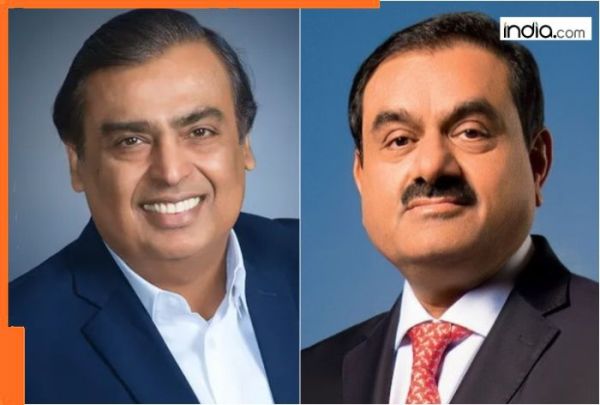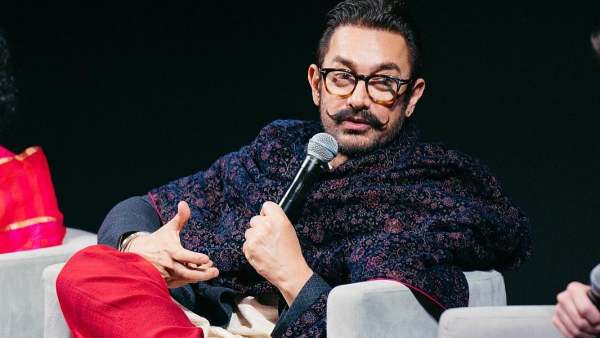Why 80% of Suicides Show Warning Signs — And What You're Not Seeing
Times Life | June 30, 2025 7:39 AM CST

“They didn’t want to die. They just didn’t know how to keep living.”
Every 40 seconds, somewhere in the world, a person takes their own life. By the time you finish reading this article, several more will have quietly exited a world that could not hold them. The tragedy is not just that they chose death — but that so many gave us signs, warnings, even subtle cries for help.
The World Health Organization (WHO) says that over 700,000 people die by suicide each year, and for every death, there are at least 20 attempts. Research has consistently shown that up to 80% of people who die by suicide display warning signs, but families and communities still struggle to recognize them in time.
What does this say about us? That we live in a world brimming with signals — but blind to suffering. 1. The Latest Numbers: A Hidden Epidemic
 In India alone, the National Crime Records Bureau (NCRB) 2022 report recorded over 1.7 lakh suicides, the highest ever. One suicide every three minutes. Among them, daily wage earners, students, and homemakers are the most affected groups. India accounts for more than 36% of global female suicide deaths, according to the Lancet Psychiatry 2022 paper.
In India alone, the National Crime Records Bureau (NCRB) 2022 report recorded over 1.7 lakh suicides, the highest ever. One suicide every three minutes. Among them, daily wage earners, students, and homemakers are the most affected groups. India accounts for more than 36% of global female suicide deaths, according to the Lancet Psychiatry 2022 paper.
Worldwide, the COVID-19 pandemic pushed these numbers higher. A 2023 study published in The Lancet showed a worrying rise in suicidal ideation among young people, especially in low- and middle-income countries. Lockdowns, job losses, loneliness — all acted as invisible triggers.
But the signs were there: sudden withdrawal, cryptic goodbyes, and a final calm before the end. 2. What Science Says: Suicide Leaves Clues
 Psychiatrists, psychologists, and crisis helplines have studied suicide for decades. They agree: it rarely happens without warning. A meta-analysis by Harvard Medical School found that 80-90% of people who died by suicide had at least one contact with a healthcare provider in the year before their death.
Psychiatrists, psychologists, and crisis helplines have studied suicide for decades. They agree: it rarely happens without warning. A meta-analysis by Harvard Medical School found that 80-90% of people who died by suicide had at least one contact with a healthcare provider in the year before their death.
Yet many never mentioned suicidal thoughts directly. Instead, they talked about vague despair, unrelenting pain, or feeling like a burden. The signs — changes in sleep, appetite, giving away possessions, sudden reckless behavior — were there, but we often brush them aside as mood swings or “just stress.” 3. The Hidden Signs: Not Always Obvious Modern studies highlight that the signs are not just emotional but also physical and behavioral. Look for:
- Sudden mood improvement after deep depression — a sign they may have decided to end it.
- Talking about being a burden to others.
- Isolation from family and friends.
- Unusual risk-taking, self-harm, or substance abuse.
- Expressing hopelessness, or saying things like “People would be better off without me.”
- Searching online for ways to die — a rising trend flagged by mental health organizations.
 The harsh truth? We live in cultures that prefer silence over discomfort. We tell people to “stay strong,” but never teach them how to be vulnerable. We glorify hustle but shame rest. Depression, especially among men, remains buried under pride and stigma.
The harsh truth? We live in cultures that prefer silence over discomfort. We tell people to “stay strong,” but never teach them how to be vulnerable. We glorify hustle but shame rest. Depression, especially among men, remains buried under pride and stigma.
In India, the Mental Healthcare Act 2017 decriminalized suicide attempts, but shame still lingers. Many families hide suicide deaths under the labels of “accident” or “sudden illness,” afraid of gossip and blame. This hush-hush approach means that countless others die unseen. 5. A Philosophical Perspective: The Forgotten Wisdom of Connection Ancient wisdom traditions did not ignore despair — they sat with it. The Bhagavad Gita doesn’t mention suicide explicitly, but it does address Arjuna’s utter hopelessness at the start of the war:
“Ashochyan anvashochas tvam prajna-vadamsh cha bhashase…”Krishna’s answer is not an immediate fix — but a gentle reminder that our suffering is not just personal. It is woven into the fabric of life. The deeper lesson is clear: isolation fuels despair. Connection — with others, with dharma, with meaning — is what steadies a mind on the edge. 6. New Approaches: Small Actions, Big Impact Encouragingly, more schools, workplaces, and governments are training people to spot warning signs. The Zero Suicide Model, adopted in countries like the US, UK, and Australia, trains community gatekeepers — teachers, doctors, and peers — to ask the right questions.
“You speak words of wisdom, but grieve for what is not worthy of grief…”
— Bhagavad Gita 2.11
Even digital platforms are waking up. In 2024, Instagram and X (formerly Twitter) expanded their suicide prevention tools, using AI to flag worrying posts. But algorithms can’t replace human empathy. The most effective prevention is still a simple conversation. Seeing Is Saving Every statistic hides a face — a mother, a son, a friend who left when they could have stayed. The signs were there; we just weren’t taught to read them.
Prevention doesn’t start with experts. It starts with us — paying attention, asking uncomfortable questions, sitting in silence when there are no answers, and reminding each other that pain is human, but so is hope.
Because the next time someone says, “I’m fine,” maybe you’ll pause and ask, “Really?”
That single moment of listening may be the thread that holds them here, one more day.
READ NEXT
-
Indian Navy's Daring Rescue In Gulf Of Oman: INS Tabar Battles Blaze On Oil Tanker With 14 Indians Onboard

-
Mukesh Ambani makes BIG plan with Russia! will stun US and China, will buy stake in…, Gautam Adani declines offer due to…

-
Can’t Wait For iPhone 17? These 5 Flagship Smartphones Launching Before September Might Be Better Buys

-
‘Religion Is Dangerous Topic’: Aamir Khan Opens Up On His Religious Views, Says He Wishes To Play Lord Krishna On Screen

-
What To Expect From The 2025 Hyundai Venue Facelift: Bold Design, Premium Features, And Unchanged Engines
